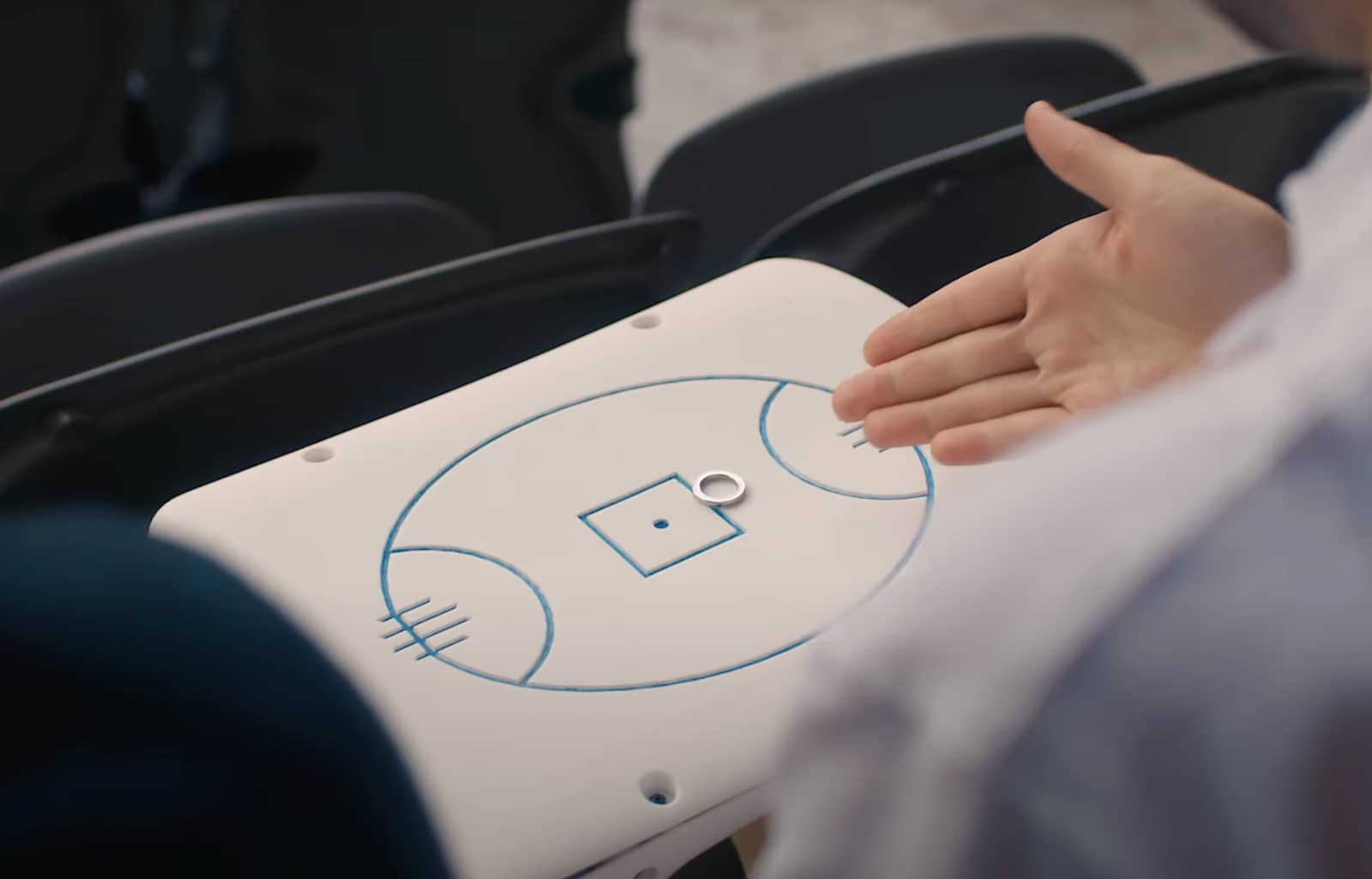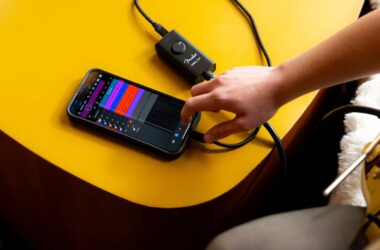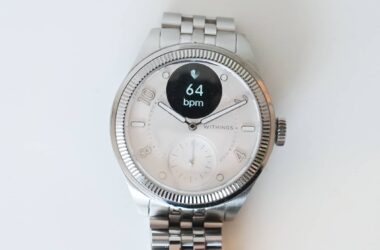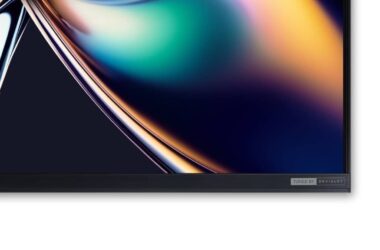If you can’t see the game, chances are you’re going to have a different experience watching football, or even reading this article. But Telstra has been dabbling with a gadgety solution that can help you feel it.
We’ve seen technology come to the aid of low vision and blindness in the past, with concept devices such as smart cane to help people walk around or even a smartwatch made with Braille in mind.
Apple has even spent some time working a door detector capability into its phones, using the LiDAR sensor in its Pro phones to help people see doors without needing to physically spy them from their eyes.
These are all solid examples of technology trying to assist with low vision, and this week there’s another, as Telstra comes together with a start-up focused on improving the sports experience for people who are blind or visually impaired.
The idea is something of a prototype and very much in testing, but essentially creates a tablet for visually impaired football fans, connecting a big gadget that communicates in vibrations to what goes on during a football game.
Called the “5G Touch and Track”, it’s a large-ish plastic tablet slate that goes without a screen, replacing the most obvious part of a tablet with a made for purpose etching of an AFL field. On the surface, there are tactile lines made to let you feel the field, and there’s a small magnetic ring on the surface that moves along that virtual field, corresponding to where the ball would be in the game.
Data from the AFL game is processed and sent to the Touch and Track by way of 5G, and viewers with the tablet will be able to hold their fingers to the magnetic ring to track where the ball is going, from left to right and back, up and down the field.
At the same time, the tablet will let our haptic feedback not unlike your phone (when it vibrates) or the shock vibrations of a video game controller, with kicks represented by a short pulse, marks by longer double pulses, and tackles and goals represented by loud rumbles.
The idea is that fans who can’t actually see the match will still be able to experience it, following along in a physical way, while still listening, at the game with the crowd.
“The number of people in Australia living with blindness or low vision is enough to fill Marvel Stadium more than six times,” said Chris Harrop, Sports Technology Lead at Telstra.
“We want vision impaired fans to have access to the technology they need to bring a live AFL match to life, and we’re excited for the opportunities this project may bring,” he said.
“It’s all about the fans and we believe that 5G Touch and Track has real potential to revolutionise the live sports experience at Marvel and beyond.”
Right now, the Touch and Track AFL tablet is very much a prototype, and something the telco is testing. It has said it would like to eventually offer the concept to visually impaired fans at stadiums across the country, how far away that is, no one has quite said.
However, it’s a concept at least one AFL fan has found use in, testing the tactile tablet for Telstra.
“It’s something I thought would never be around in my time,’ said Shaun Keath, a blind AFL player and supporter.
“It’s a game changer,” he said. “It is going to make sport a lot more inclusive and accessible; it’s great for the community,’ he said.







